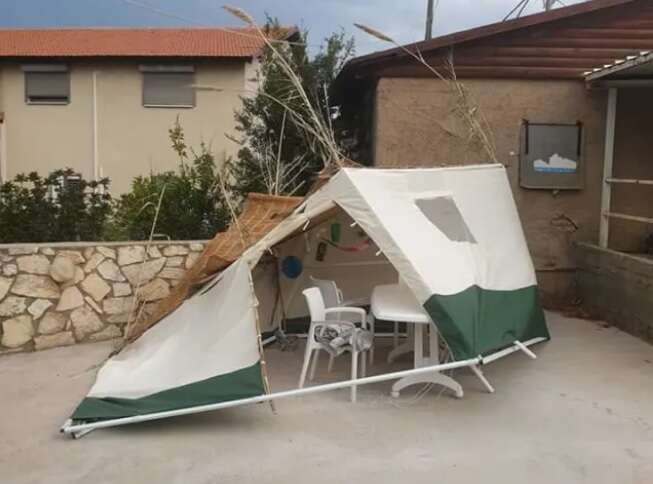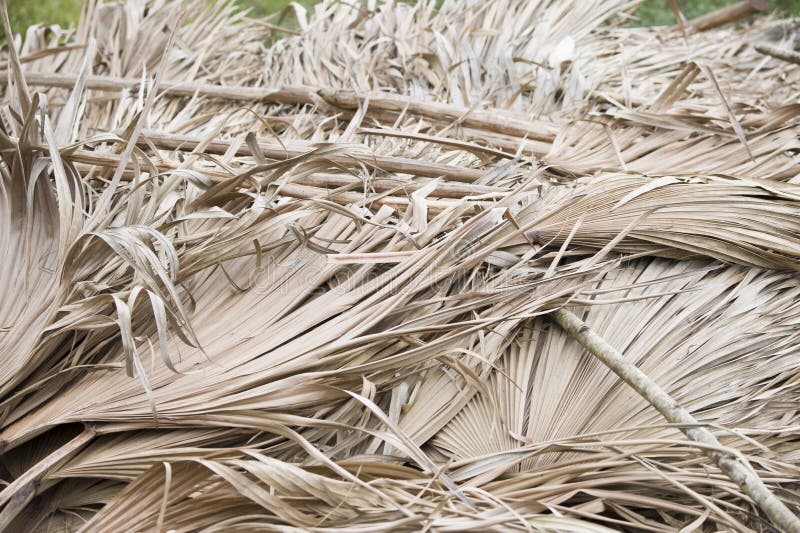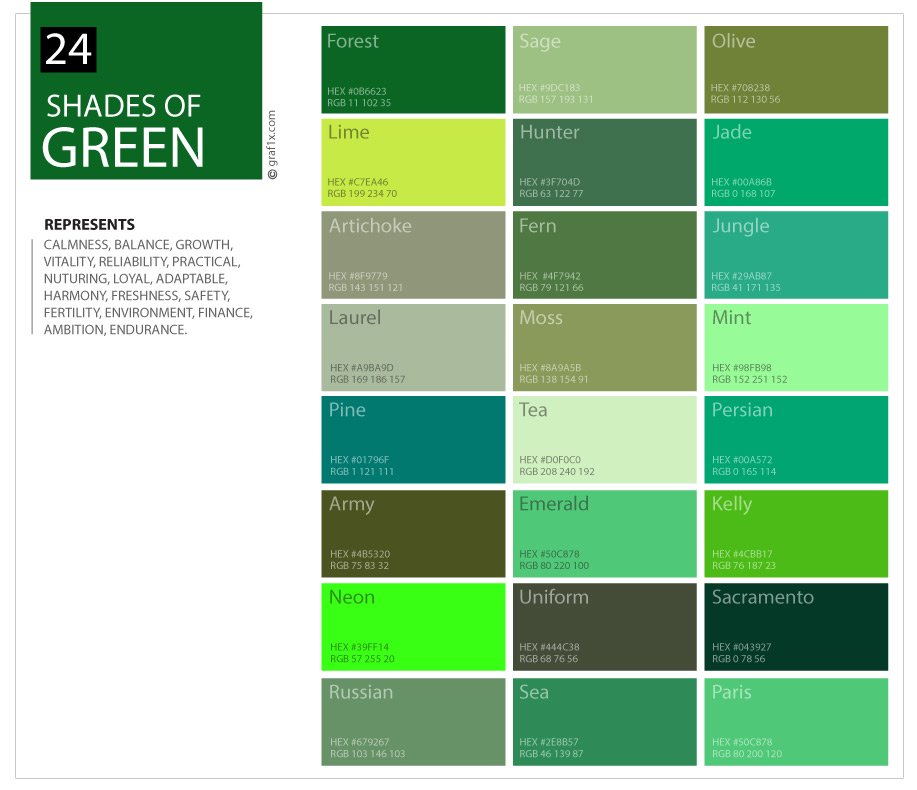Sukkah 31a-b
Teves 10, 5782. December 14, 2021
1- We continued with the תקנה for בעלי תשובה.
In general, if an item that was stolen is intact, the only way for a proper ‘return’ והשיב את הגזילה, is to return the actual item. Paying cash to the rightful owner is insufficient.

However, if the thief had the stolen item imbedded or cemented into his home, the חכמים allowed him to just pay the owner the value of the item stolen.
![How To Attach Wood Framing To A Steel Beam [6 Steps To Follow] - Home Decor Bliss](https://homedecorbliss.com/wp-content/uploads/2021/05/metal-joist-on-a-white-background.png)
Steal Beam.
That is called תקנת מריש. The ‘enactment of a beam’.
The logic is that requiring the potential בעל תשובה to destroy his home would inhibit his want and ability to do תשובה.
רמב”ם הלכות גזילה ואבידה · פרק ראשון · הלכה ה
אפילו גזל קורה ה ובנאה בבירה הואיל ולא נשתנית דין תורה הוא שיהרוס את כל הבנין ויחזיר קורה לבעליה. אבל תקנו חכמים מפני תקנת השבים שיהיה נותן את דמיה ולא יפסיד הבנין וכן כל כיוצא בזה. אפילו גזל קורה ועשאה בסוכת החג ובא בעל הקורה לתובעה בתוך החג נותן לו את דמיה. אבל אחר החג הואיל ולא נשתנית ולא בנאה בטיט מחזיר את הקורה עצמה.

2- Mendel Nemenov pointed us to the Gemore (16a) in תענית that the people of Nineveh expressed their sincere תשובה, by going all the way. They ripped out stolen beams from their homes (even if it demolished an entire grand house) and returned them to their rightful owners.
אמר שמואל: אפילו גזל מריש ובנאו בבירה מקעקע כל הבירה כולה ומחזיר מריש לבעליו.

2- By extension, this תקנה applies for the 7 days of Sukkos. If one stole סכך, although it is obviously still intact, he may use the Sukkah but he needs to pay the owner the value of the סכך. AR 637, 5.

Oops…should’ve kept the beam
3 – We mentioned the old quip about G-D telling משה רבינו:
.כֵּן בְּנוֹת צְלָפְחָד דֹּבְרֹת
4- We spoke about the לא תעשה of לא תגרע. Meaning do not ‘reduce’ any Mitzvah.
The famous טורי אבן that when one takes only 3 of the ארבע מינים, that is not לא תגרע.
More on this next week. בל”נ.
5- The Gemore says that if one cannot get his hands on fresh ארבע מינים he should at the very least use ones that are completely dry. שלא תשכח תורת ארבע מינים.

The using of non כשר ארבע מינים is a big topic with many details. Some פסולין can be used even with a ברכה, others with out and some none at all.

See here. Alter Rebbe 649. 22-24.
6 – The color issue. Please see below for Zev Sero’s well researched comment.
Here are the general parameters as per Tosfos:

The Gemara uses the term:
ירוק ככרתי
Yarok like leek.
What color is Yarok? And what color is leek?
That would seem simple enough, since leek is green. So Yarok must be green.
However, we find that Yarok is used as a color that is similar to blue. תכלת לכרתי. So Yorok it seems, is (also) a shade of blue.

Elsewhere we find that Yarok is (also) a shade of yellow!
7- We mentioned the controversy of William Gladstone who seemed to say that humans in the past were unable to discern the full color spectrum.
https://coloriasto.blogspot.com/2015/01/w-e-gladstone-color-sense.html?m=1
To be continued.

————————————————————————–
From Zev Sero
Leeks are of course green.
In lashon Torah ירוק means green. But in leshon Chazal it means *both*
green and yellow. They could easily tell the difference, but they only
had one word for both. The word צהוב, which means yellow in leshon
torah and also in Ivrit, didn’t exist in their language. So they
distinguished between the two meanings of ירוק by saying ירוק ככרתי,
yarok like leek, or ירוק ככרכום, yarok like saffron. An esrog has to
be yarok like saffron, and not yarok like leek.

The gemara in Chulin starts out saying that a lung that is ירוק is
kosher, but not if it looks like an egg. So what kind of ירוק lung is
kosher? One that is like leek. In other words green is kosher but
yellow is treif.
Note also that the Mekubolim often talk of gold as being אדום. It’s

true that some gold does look red because of impurities, but it’s more that they didn’t have a word for “yellow”, so they called it אדום and associated it with gevurah. This is helped by the fact that gold is
also called כתם in Hebrew (as in הכתם הטוב, or כתם טהור פז דמות ראשו),
and of course we automatically associate כתם with כתמים, which are red…
But they may also have been influenced by medieval poetry which
described gold as “red”
https://earthandstarryheaven.com/2016/07/06/red-gold/
Homer described the sea as “wine-dark” and many scholars broke their
heads trying to explain what he meant by that. See
https://en.wikipedia.org/wiki/Wine-dark_sea_(Homer)
But according to a friend of mine who’s spent some time in Greece:
“If you go to Greece and look at the sea, from a boat, the deep sea, not
just offshore, you will find that it is a very unique colour, unlike
anything else but in fact undeniably “wine-dark”. Patrick O’Brian is
wrong about this, wine-dark sea isn’t sea the colour of green white
wine. It’s a particular shade of blue which is the same shade, though
not the same colour, as dark red wine. It’s unmistakable. I’ve only
ever seen this in the Aegean, but the reaction of everyone I’ve ever
pointed it out to has been “Oh yes. Wine-dark sea.” It’s a purely
descriptive term.”
As for different languages perceptions of colours, consider that we
English-speakers easily distinguish pink from red, and don’t think of
them as shades of the same colour at all. Likewise we don’t see orange
and brown as shades of the same colour. And yet when we look at the
colours that in Ivrit are called כחול and תכלת, which native
Hebrew-speakers think of as completely separate colours, we see two
shades of the same colour.
Russian-speakers also see them as two completely different colours. A
study was done comparing the ability of native English-speakers and
Russian-speakers to distinguish different shades of blue; they were
shown three blue squares, two of which were the same and one was
different. Russian-speakers were quicker to pick the odd one out,
presumably because their language wired their brains to distinguish the
shades more easily. https://rdcu.be/cDeBD
On the whole topic of colour names, see
https://en.wikipedia.org/wiki/Linguistic_relativity_and_the_color_naming_debate
According to this theory:
- All languages contain terms for black and white.
- If a language contains three terms, then it contains a term for red.
- If a language contains four terms, then it contains a term for
either green or yellow (but not both).
- If a language contains five terms, then it contains terms for
both green and yellow.
- If a language contains six terms, then it contains a term for blue.
- If a language contains seven terms, then it contains a term for
brown.
- If a language contains eight or more terms, then it contains
terms for purple, pink, orange or gray.
It seems that Chazal were at stage 3, while the Torah was at at least 4
but probably 6, because the word חום appears in the Torah, which seems
to mean “brown”, as it does in Ivrit. If so it’s odd that no word for
“blue” appears. (תכלת and ארגמן and שני in the Torah are not colours,
but names for dyed wool. So Moshe Rabbenu could describe the colour
purple by saying “the same colour as ארגמן”, but he had no word for the
colour itself.)